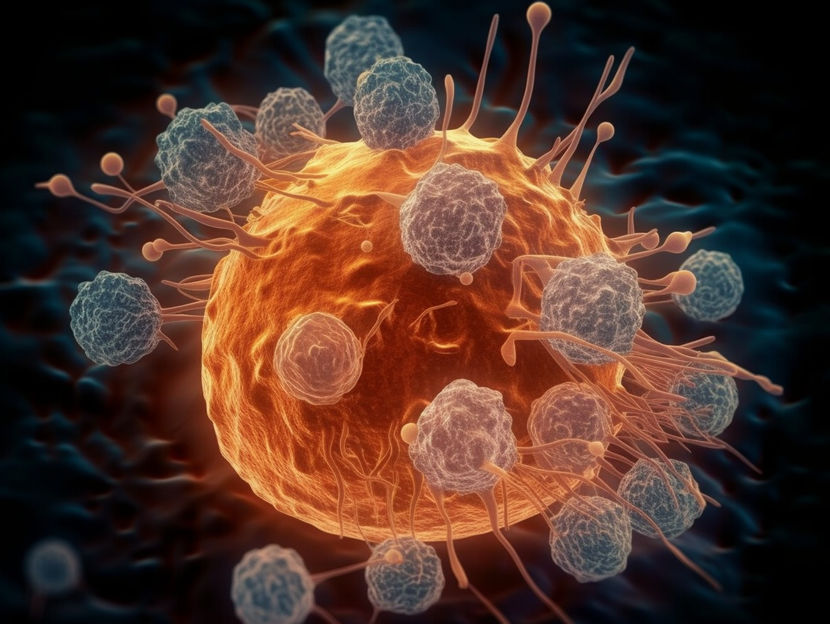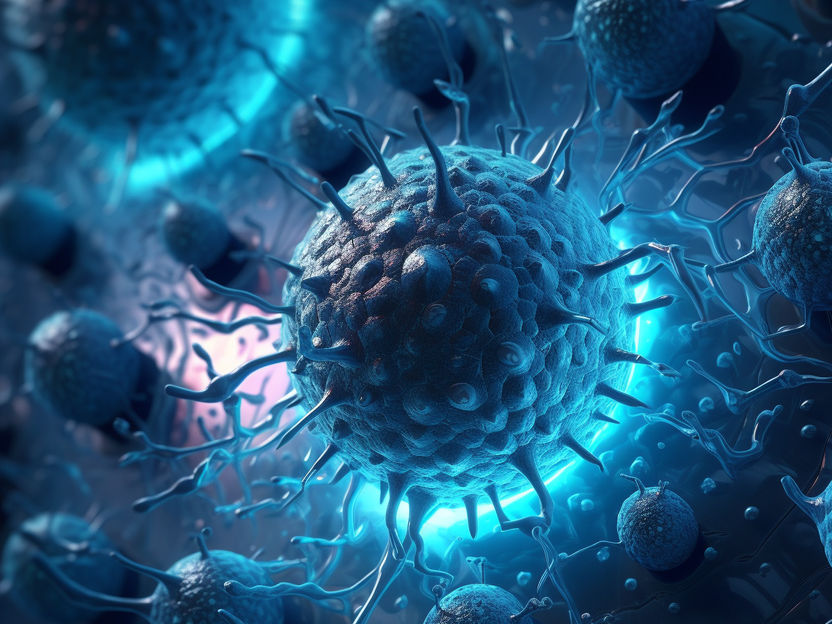Bionomics initiates Phase II clinical trial of anxiety treatment
Bionomics Limited announced the initiation of a Phase II clinical study of BNC210, the Company’s drug candidate in development for the treatment of anxiety and depression. The study will use functional magnetic resonance imaging (fMRI) to assess the effects of BNC210 on brain activity in patients suffering from anxiety.
“BNC210 has the potential to significantly improve the lives of anxiety sufferers, and we believe that with effective management of anxiety there is the potential to reduce the huge impact of the disease on societal and healthcare resources,” said Dr. Deborah Rathjen, Bionomics’ CEO and Managing Director.
“Currently, there is a large unmet medical need for fast-acting anxiolytic agents that lack the side effects observed with existing treatments, which include sedation and addiction, as well as negative side effects on memory and body movement. Bionomics’ commitment to the rapid development of BNC210 is indicative of its significant potential as an improved therapeutic for the treatment of anxiety.
The double-blinded, placebo and lorazepam-controlled, four-way crossover single-centre Phase II study (BNC210.006) will be conducted in 24 patients with untreated Generalised Anxiety Disorder (GAD). Patients will be randomized to receive one of two doses of BNC210 (300mg or 2000mg) or one of two controls, placebo or 1.5mg Lorazepam. The study will evaluate the capacity of BNC210 to engage brain systems relevant to anxiety. The endpoints include both significant changes in cerebral perfusion and in task-related brain activity using the emotional faces task during fMRI. The study is being conducted by Principal Investigator, Professor Allan Young, at The Institute of Psychiatry, Psychology & Neuroscience (IoPPN) at King’s College in London.
The clinical phase of the study is expected to be completed by Q2 2016 with results due in Q3 2016.
Most read news
Organizations
Other news from the department research and development

Get the life science industry in your inbox
By submitting this form you agree that LUMITOS AG will send you the newsletter(s) selected above by email. Your data will not be passed on to third parties. Your data will be stored and processed in accordance with our data protection regulations. LUMITOS may contact you by email for the purpose of advertising or market and opinion surveys. You can revoke your consent at any time without giving reasons to LUMITOS AG, Ernst-Augustin-Str. 2, 12489 Berlin, Germany or by e-mail at revoke@lumitos.com with effect for the future. In addition, each email contains a link to unsubscribe from the corresponding newsletter.
Most read news
More news from our other portals
Last viewed contents
Analytica China 2016 increases exhibition area by over 16 percent - First Food Safety Special Exhibition

High honor for pioneers of cancer immunotherapy - Meyenburg Prize goes to Katalin Karikó, Uǧur Șahin and Özlem Türeci
Evotec Extends Medicinal Chemistry Collaboration with Ono Pharmaceutical
KÖTTERMANN finds an investor
Novartis enters into agreement for exclusive US and Canadian rights to Fanapt, an FDA-approved oral therapy for schizophrenia

DURAN Group launches anniversary campaign to celebrate 120 years of laboratory glassware





















































